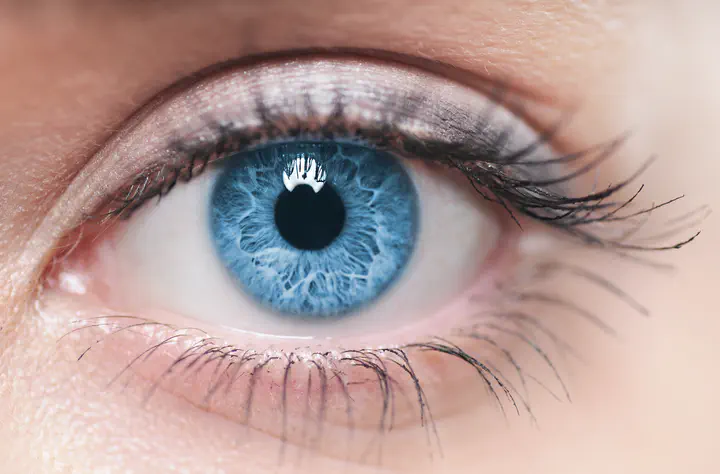Research internship
 Photo by Shutterstock
Photo by ShutterstockDuring my internship at the University of Amsterdam, I contributed to the following paper: “The validation of online webcam-based eye-tracking: The replication of the cascade effect, the novelty preference, and the visual world paradigm” (submitted). My contributions include: task design and programming, data acquisition, data analyses, and reporting results for both the novelty preference and the visual world paradigm parts.
Authors: Ine Van der Cruyssen,Gershon Ben-Shakhar, Yoni Pertzov, Nitzan Guy, Quinn Cabooter, Lukas J. Gunschera, & Bruno Verschuere
Abstract: The many benefits of online research and the recent emergence of open-source eyetracking libraries have sparked the interest in transferring time-consuming and expensive eyetracking studies from lab to web. In the current study, we validate online webcam-based eyetracking by replicating three robust eye-tracking studies (the cascade effect, n = 134, the novelty preference, n = 45, and the visual world paradigm, n = 32) online using the participant’s webcam as eye-tracker with the WebGazer.js library. We successfully replicated all three effects, although the effect sizes of all three studies shrank by 20 to 27%. The visual world paradigm was not only conducted online but also in the lab, using the same participants and a standard laboratory eye-tracker. This showed that replication per se could not fully account for the effect size shrinkage, but that the shrinkage is also due to the use of online webcam-based eyetracking, which is noisier. In conclusion, we argue that eye-tracking studies with relatively large effects that do not require extremely high precision (e.g., studies with 4 or fewer large regions of interest) can be done online using the participant’s webcam. We also make recommendations for how the quality of online webcam-based eye-tracking could be improved.